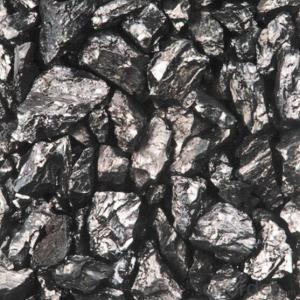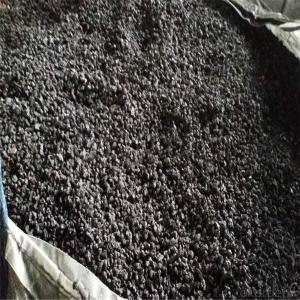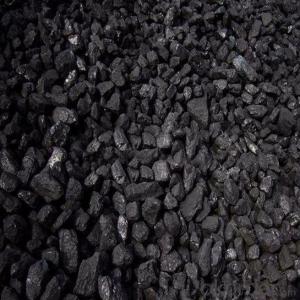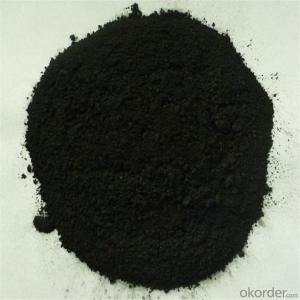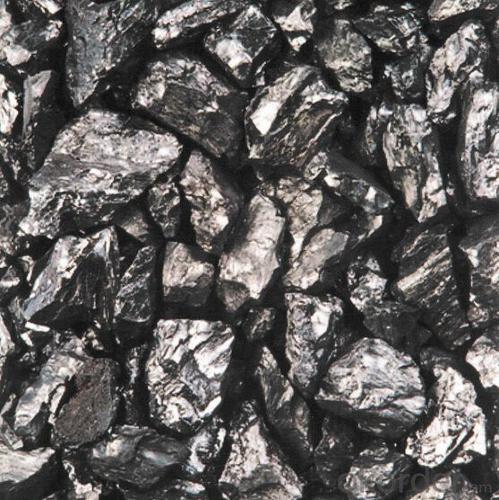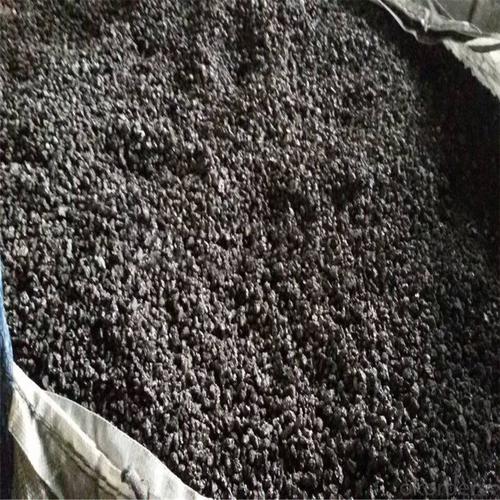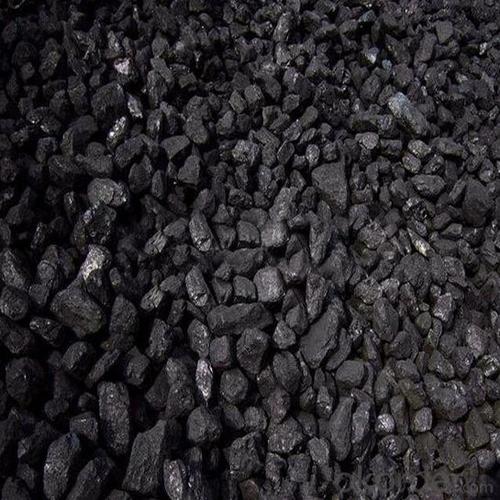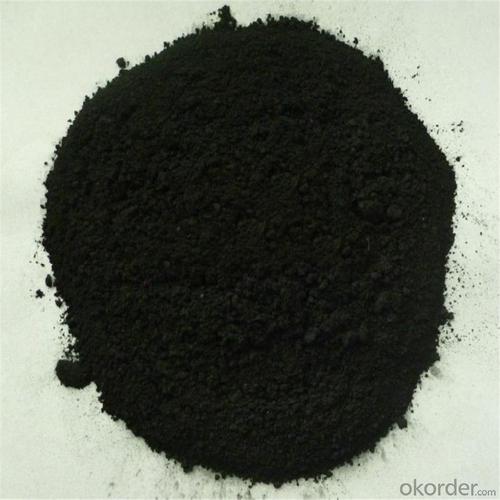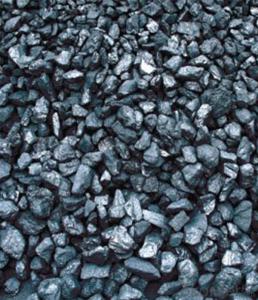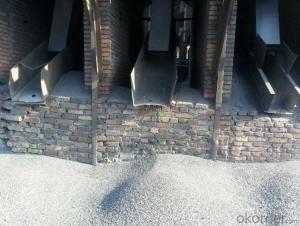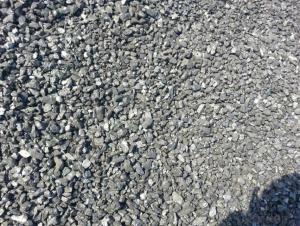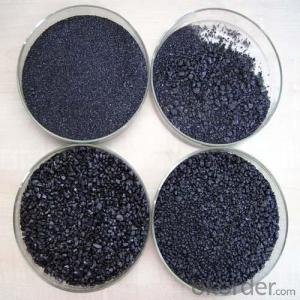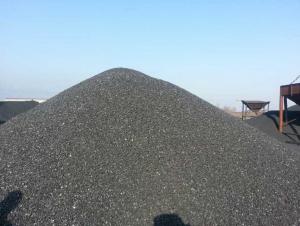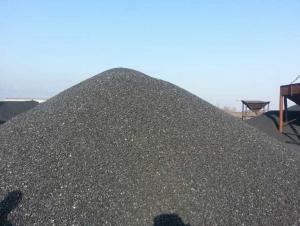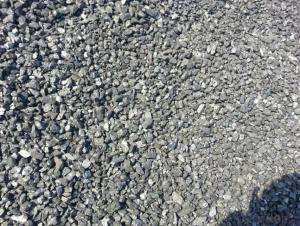Recarburizer FC > 95 High Carbon Low Sulphur For Metals Casting
- Loading Port:
- Dalian
- Payment Terms:
- TT OR LC
- Min Order Qty:
- 10 m.t
- Supply Capability:
- 500000 m.t/month
OKorder Service Pledge
OKorder Financial Service
You Might Also Like
Specifications of Recarburizer:
Carbon Additive
F.C>90% ASH<8.5% S<0.4%
F.C>92% ASH<7% S<0.4%
F.C>93% ASH<6% S<0.4%
F.C>95% ASH<4% S<0.3%
Carbon Additive Data Sheet:
Specifications (%): | ||||||
Grade | F.C | Ash | V.M | Moisture | S | Size |
CR-95 | ≥95 | <4 | <1 | <1 | <0.3 | 0-30mm |
CR-94 | ≥94 | <4 | <1 | <1 | <0.3 | |
CR-93 | ≥93 | <6 | <1 | <1 | <0.4 | |
CR-92 | ≥92 | <7 | <1 | <1 | <0.4 | |
CR-91 | ≥91 | <8 | <1 | <1 | <0.4 | |
CR-90 | ≥90 | <8.5 | <1.5 | <2 | <0.4 | |
Used as additive in steel making process. It made from well-selected anthracite which is low in content of ash, sulphur, phosphorus, high heat productivity, high chemically activation.
Mainly industry property of it is: instead of traditional pertroleum coal of Carbon Additives, reduce the cost of steelmaking.
- Q: How is carbon formed?
- Various natural processes contribute to the formation of carbon, primarily the life and death cycle of living organisms. The process of photosynthesis in plants initiates carbon formation, as they utilize sunlight, water, and atmospheric carbon dioxide to produce glucose. This glucose is then transformed into other organic compounds, including carbohydrates, fats, and proteins, which are the fundamental constituents of all living beings. When plants and animals perish, decomposers like fungi and bacteria break down their remains and waste materials. During this decomposition, carbon is released back into the environment in the form of carbon dioxide or methane gas. Additionally, some organic matter may become buried beneath sediment layers, where it undergoes fossilization over millions of years. Through a combination of heat and pressure, this fossilization process converts the organic matter into fossil fuels like coal, oil, and natural gas, which are abundant sources of carbon. In addition to biological processes, carbon can also form through geological processes. Volcanic eruptions discharge carbon dioxide into the atmosphere, and over extended periods, this carbon dioxide can dissolve in water and react with minerals to create rocks like limestone. These rocks function as carbon sinks, storing substantial amounts of carbon over geological timescales. In general, the formation and cycling of carbon involve a complex interaction between biological and geological processes, significantly contributing to the equilibrium of carbon in the Earth's atmosphere and supporting life as we currently understand it.
- Q: How does deforestation contribute to carbon dioxide levels in the atmosphere?
- Deforestation plays a significant role in contributing to increased carbon dioxide levels in the atmosphere. Trees act as natural carbon sinks, absorbing carbon dioxide during photosynthesis and storing it in their trunks, branches, and leaves. When forests are cleared or burned down for various purposes such as agriculture, logging, or urbanization, the stored carbon is released back into the atmosphere as carbon dioxide. The removal of trees directly leads to a reduction in the planet's capacity to absorb carbon dioxide, resulting in an imbalance in the carbon cycle. Additionally, deforestation disrupts the carbon cycle by inhibiting the process of photosynthesis, which is essential for converting carbon dioxide into oxygen and organic compounds. Moreover, deforestation indirectly contributes to increased carbon dioxide levels in the atmosphere through the decomposition of organic matter. When trees are cut down or burned, the stored carbon they contain is released into the atmosphere as carbon dioxide, intensifying greenhouse gas emissions. Furthermore, deforestation also impacts the water cycle, leading to drier conditions in the affected areas. This dries out the soil, making it less suitable for plant growth and reducing the potential for carbon absorption through reforestation efforts. The cumulative effect of deforestation on carbon dioxide levels is significant. According to studies, deforestation accounts for approximately 10-15% of global carbon emissions, making it one of the leading contributors to climate change. The increase in atmospheric carbon dioxide levels, along with other greenhouse gases, contributes to the greenhouse effect, trapping heat in the atmosphere and causing global warming. Addressing deforestation is crucial in mitigating climate change and reducing carbon dioxide levels. Implementing sustainable forestry practices, promoting reforestation efforts, and protecting existing forests are essential steps in preserving carbon sinks and reducing greenhouse gas emissions.
- Q: What are the consequences of increased carbon emissions on urban areas?
- Increased carbon emissions have numerous consequences on urban areas. Firstly, it leads to a rise in air pollution, contributing to respiratory issues and increased health risks for the population. Additionally, carbon emissions contribute to the greenhouse effect, leading to higher temperatures and exacerbating the urban heat island effect, which can result in discomfort, heat-related illnesses, and increased energy demands for cooling. Moreover, increased carbon emissions contribute to climate change, leading to more frequent and intense extreme weather events like storms and heatwaves, which pose significant threats to urban infrastructure, public safety, and economic stability. Overall, the consequences of increased carbon emissions on urban areas are detrimental to both the environment and human well-being.
- Q: Why vegetarianism can reduce carbon emissions?
- That is to say, when the level of the food chain is more, the carbon emissions are more natural; while the human eating vegetarian diet is the shortest food chain, which has the least carbon emissions
- Q: Why does the carbon content of steel increase and the mechanical properties change?
- 3, according to the forming method classification: (1) forging steel; (2) cast steel; (3) hot rolled steel; (4) cold drawn steel4., according to chemical classification(1): A. carbon steel low carbon steel (C = 0.25%); B. (C = 0.25~0.60%) in carbon steel high carbon steel; C. (C = 0.60%).(2): A. alloy steel, low alloy steel (alloy element content is less than or equal to 5%) B. alloy (5~10% alloy element content, high alloy steel (C.) alloy element content > 10%).5. Classification according to metallographic structure(1) annealed state of A. eutectoid steel (ferrite + Zhu Guangti), B. eutectoid steel (Zhu Guangti), C. eutectoid steel (Zhu Guangti + cementite), D., bainitic steel (Zhu Guangti + seepage body)(2) normalizing condition: A. pearlitic steel; B. bainitic steel; C. martensitic steel; D. austenitic steel(3) no phase change or partial phase change occurs6, according to smelting method classification(1) according to the kind of furnaceA.: open hearth steel (a) acid open hearth steel; (b) basic open hearth steel.B. converter steel: (a) the Bessemer steel; (b) basic Bessemer steel. Or (a) bottom blown converter steel; (b) (c) side blown converter steel; BOF steel.C. electric furnace steel: electric arc furnace (a) steel; steel electroslag furnace (b); (c) induction furnace steel; (d) vacuum consumable steel; (E) electron beam furnace.(2) according to the degree of deoxidization and pouring systemA. boiling steel; B. semi killed steel; C. killed steel; D. special killed steel
- Q: What is carbon nanocomposite?
- Carbon nanocomposite refers to a type of material that combines carbon nanotubes or graphene with a matrix material, such as polymers or metals, to form a composite material. The carbon nanotubes or graphene are typically added in small amounts, often in the form of nanoparticles, to enhance the mechanical, electrical, and thermal properties of the composite material. Carbon nanotubes are cylindrical structures made up of carbon atoms arranged in a hexagonal lattice, while graphene is a single layer of carbon atoms arranged in a two-dimensional lattice. These carbon-based materials possess exceptional properties, such as high strength, electrical conductivity, and thermal conductivity. When incorporated into a composite material, these properties can be transferred to the overall structure, resulting in improved performance. The use of carbon nanocomposites has been explored in various industries and applications. In aerospace, for example, these materials have been investigated for their lightweight and high-strength properties, which could potentially enhance the fuel efficiency and durability of aircraft components. In electronics, carbon nanocomposites have shown promise for developing high-performance sensors, conductive films, and energy storage devices. Additionally, they have been studied for their potential applications in medical devices, automotive parts, and energy storage systems. Overall, carbon nanocomposites offer the opportunity to create materials with enhanced properties by leveraging the unique characteristics of carbon nanotubes or graphene. However, the production and scalability of these materials still pose challenges, and further research is needed to optimize their performance and cost-effectiveness for various applications.
- Q: What are the different types of carbon-based food additives?
- Some examples of carbon-based food additives include caramel color, vegetable carbon (activated charcoal), and carbon black. These additives are used for various purposes such as coloring, flavor enhancement, and texture improvement in food products.
- Q: What are the differences between the three carburizing, nitriding and carbonitriding? What are the different effects on the material?
- Carburizing: carburized workpiece after quenching and low temperature tempering, so that the surface has a high hardness of river abrasion resistance, and the heart still maintain a good plastic River toughness, so as to meet the workpiece outside the hard, internal use of tough requirementsNitriding: after the nitriding of the parts, the surface forms a nitride.
- Q: What is carbon nanophotonics?
- Carbon nanophotonics is a field of study that focuses on the manipulation and control of light using carbon-based materials at the nanoscale level. It involves the development and exploration of carbon-based nanomaterials, such as carbon nanotubes and graphene, to design and fabricate devices that can interact with light in unique and advantageous ways for various applications in photonics and optoelectronics.
- Q: How does carbon impact the availability of clean energy solutions?
- Carbon has a significant impact on the availability of clean energy solutions. Carbon emissions from burning fossil fuels and other human activities are the main contributor to climate change, which poses a serious threat to the environment and human well-being. As a result, there is an urgent need to transition to cleaner energy sources that produce lower carbon emissions. Clean energy solutions, such as renewable energy technologies like solar and wind power, have the potential to reduce carbon emissions significantly. These sources of energy generate electricity without burning fossil fuels, thus producing little to no carbon emissions. By replacing traditional energy sources with clean ones, we can reduce our carbon footprint and mitigate climate change. However, the availability and scalability of clean energy solutions are impacted by carbon emissions in several ways. First, the continued reliance on carbon-intensive energy sources, such as coal and oil, hinders the rapid adoption of clean energy technologies. The infrastructure and investments in fossil fuel-based energy systems make it challenging to shift towards clean alternatives. Secondly, carbon emissions contribute to global warming, which affects the availability and efficiency of certain clean energy solutions. For example, rising temperatures can reduce the efficiency of solar panels and impact the output of hydropower due to changing rainfall patterns. This highlights the importance of mitigating carbon emissions to ensure the long-term viability and effectiveness of clean energy technologies. Furthermore, carbon emissions have economic implications that can impact the availability of clean energy solutions. Governments and policymakers play a crucial role in incentivizing the adoption of clean energy through regulations, subsidies, and carbon pricing mechanisms. These policies can influence the affordability and accessibility of clean energy technologies, making them more attractive to investors and consumers. In conclusion, carbon emissions have a profound impact on the availability of clean energy solutions. By reducing carbon emissions and transitioning to cleaner energy sources, we can mitigate climate change, improve the efficiency of clean energy technologies, and create a more sustainable future. It is essential for governments, businesses, and individuals to prioritize the development and adoption of clean energy solutions to ensure a cleaner and healthier planet for future generations.
Send your message to us
Recarburizer FC > 95 High Carbon Low Sulphur For Metals Casting
- Loading Port:
- Dalian
- Payment Terms:
- TT OR LC
- Min Order Qty:
- 10 m.t
- Supply Capability:
- 500000 m.t/month
OKorder Service Pledge
OKorder Financial Service
Similar products
Hot products
Hot Searches
Related keywords
